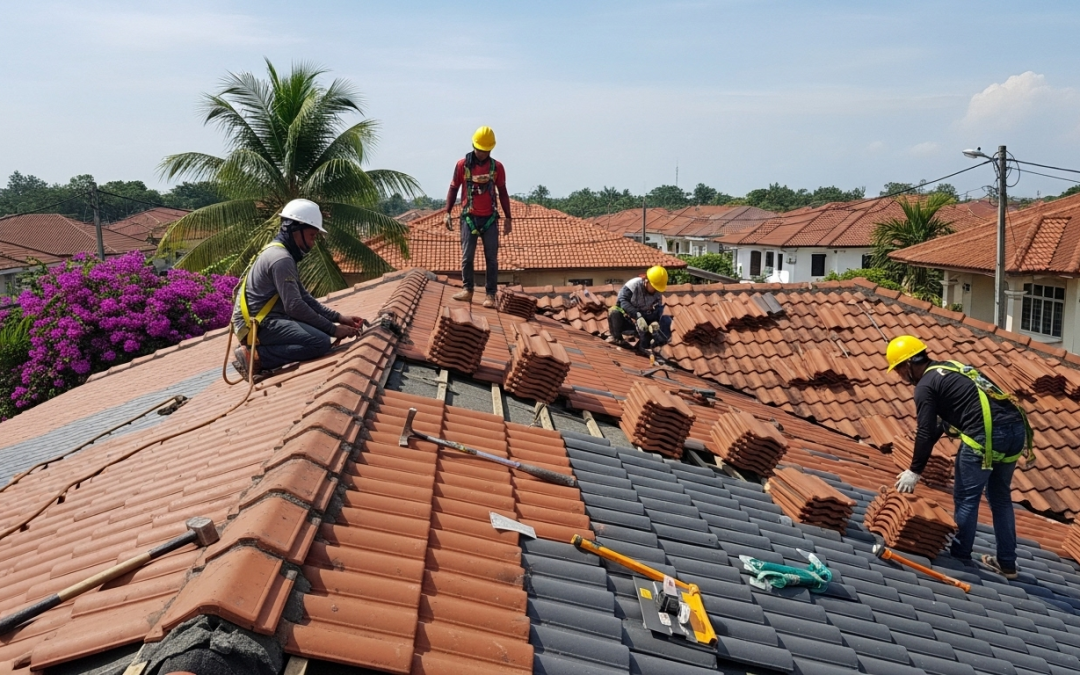Replacing your roof represents a significant investment; however, numerous homeowners concentrate exclusively on the color of the shingles and the cost of the contractor. A genuinely successful replacement—one that optimizes your home’s protection and extends the roof’s lifespan—demands careful consideration of the following frequently neglected details throughout the process.
1. Prioritize Decking Inspection and Sheathing Replacement
The durability of your new roof relies completely on the wood that lies beneath it. Although your existing roof may appear to be in good condition, issues such as water damage, rot, or structural weaknesses in the wood (including the decking or sheathing) can only be thoroughly assessed once the old roofing material has been removed.
- Actionable Advice: Make certain that your contract explicitly outlines a procedure for examining the decking following tear-off. Allocate funds for the possibility of replacing any damaged plywood or OSB sheets (usually charged per sheet). Placing new shingles on a compromised deck may lead to early sagging, fastener failure, and could potentially invalidate the material warranty. This step should not be overlooked.
2. Optimize Attic Ventilation as Part of the New System
A well-installed roof can fail early if the attic lacks proper airflow. Your roof replacement is the ideal opportunity to fine-tune your attic ventilation—a step that ensures the longevity of your new shingles and improves home energy efficiency.
- Actionable Advice: Collaborate with your contractor to determine the necessary Net Free Area (NFA) for your attic and maintain a balanced, 50/50 system. This entails supplying an equal quantity of Intake ventilation (such as soffit or eave vents) and Exhaust ventilation (like ridge vents or static vents). A balanced airflow helps to keep the roof deck cooler during the summer and prevents moisture buildup in the winter, thereby combating both mold growth and shingle deterioration.
3. Establish a Debris and Yard Protection Management Plan
The replacement process involves tearing off tons of debris, and managing this aspect safely is essential for protecting your property and family.
- Actionable Advice: Prior to commencing the work, verify the logistics with your contractor. This strategy should encompass:
- Dumpster Location: Where will the substantial dumpster be situated to prevent driveway cracking or harm to landscaping?
- Property Safeguarding: The assurance of placing heavy-duty tarps over all gardens, decks, and delicate landscaping elements before the tear-off process begins.
- Nail Removal: A contractual stipulation that the team will utilize powerful magnetic sweepers several times throughout the day, particularly at the conclusion of the project, to thoroughly clear the yard, driveway, and adjacent areas of any stray nails and metal debris.
Conclusion
A roof replacement involves more than merely selecting appropriate shingles or a contractor—it is fundamentally about protecting your home through the essential details. By guaranteeing robust decking, adequate attic ventilation, and comprehensive property protection, you can enhance the longevity of your roof and achieve the optimal return on your investment.

